#Westland Wallace aircraft
Text
DAY 5525
Jalsa, Mumbai Apr 2, 2023 Sun 11:49 PM
Birthday Ef
🪔 .. April 03 .. birthday wishes to Ef Haarsha Balraj from South Africa .. Ef Krishna urf Kris Dwivedi from Bilaspur CG .. and Ef Divyansh Rawat from Lucknow .. love and happiness .. ❤️❤️❤️🌿 and all the good wishes from the family Ef
..
and the Sunday meetings at the Gate be in preference of course .. hence here

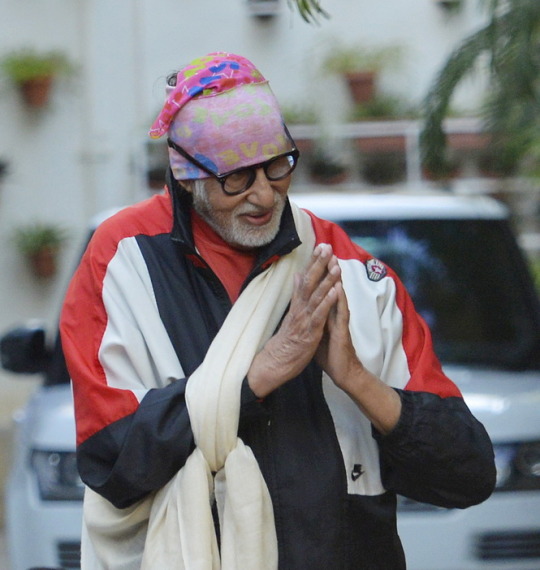


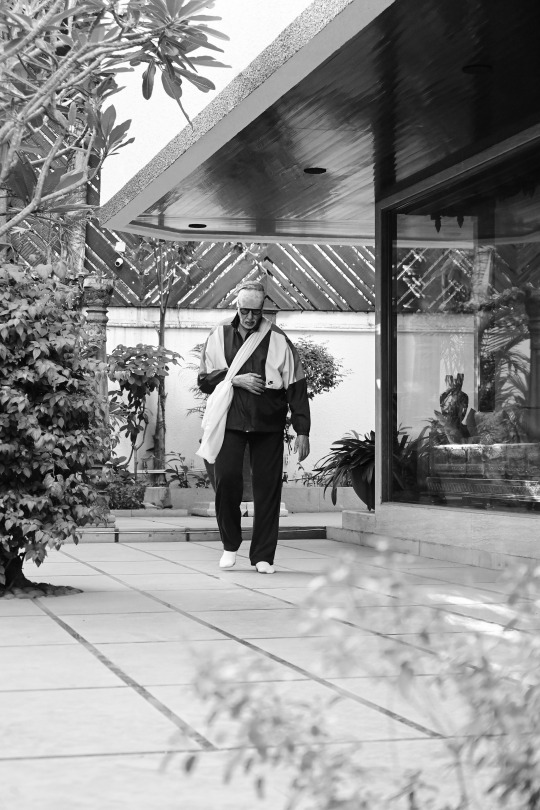


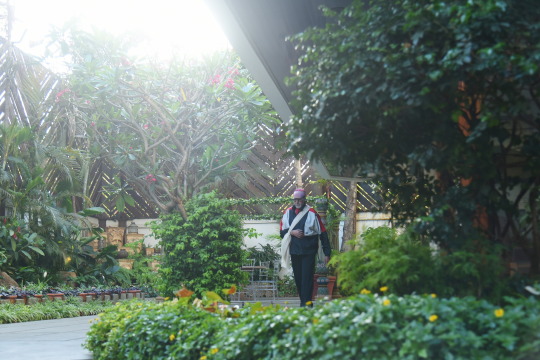
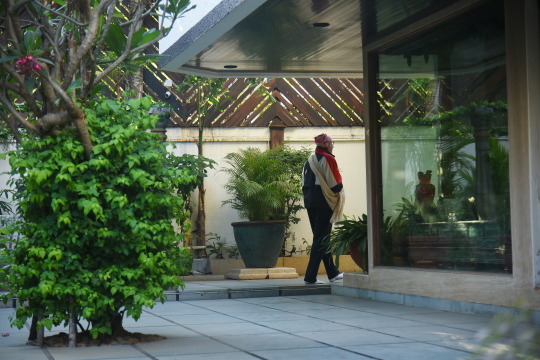


And the very revealing aspect for the coming day be that on April 3, for the first time an adventure took place .. the first plane to fly over the Everest .. in the year 1934 , apparently ..
Justification :
📌 .. and on this day .. April 3, 1933 .. conquering the impossible .. happened the first fly ever over Everest 🏔️ .. by two British aircraft of type Westland Wallace bi-planes .. crewed by Squadron Leader Douglas-Hamilton and Colonel LVS Blacker in one and Flight Lieutenant MacIntyre and Mr SR Bonnet in the other .. they took off from Lalbalu aerodrome, near Purnea, India .. the flight lasted for around three hours, covered a return distance of 320 miles reaching nearly 30,000 feet clearing the mountain by a reported 100 feet .. close range photographs of Mt Everest proved the achievement which previously was not possible to any airplane ..
further justification -






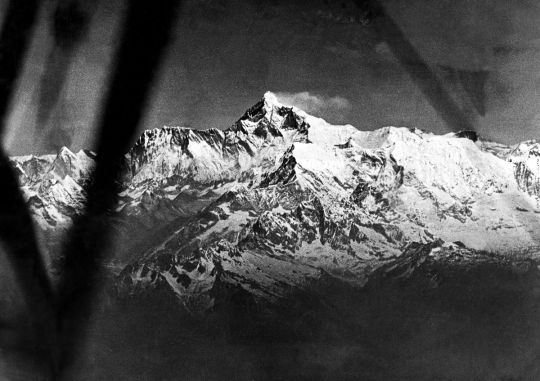
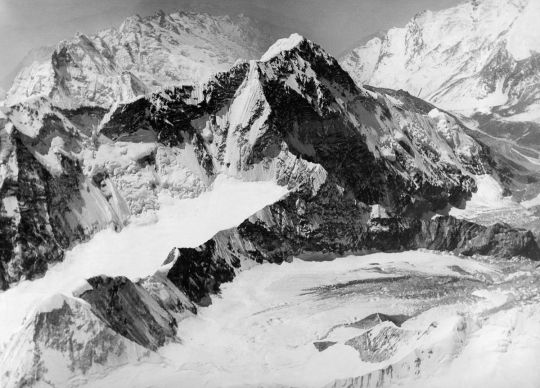

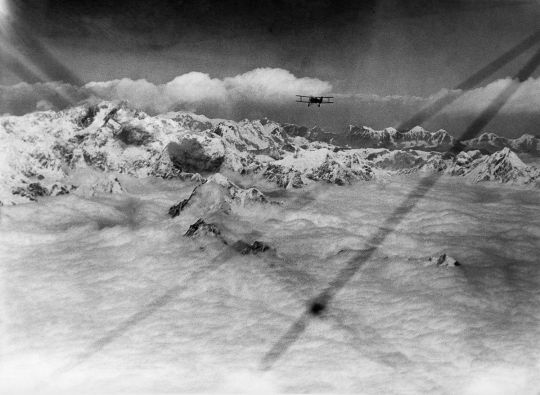



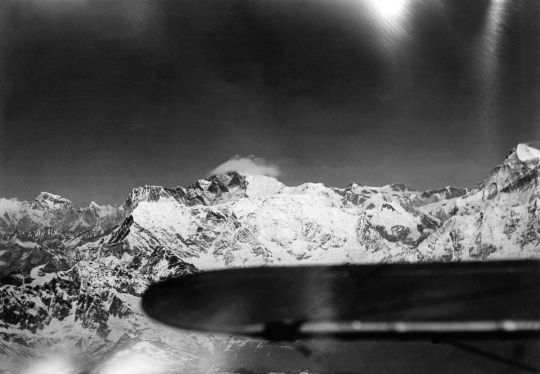


the peak , the highest point on Earth .. the mountain , the Himalayas and the feat that seems to this generation to be no big deal, because they are unaware of the conditions and circumstances that prevailed then ..
Everest .. named by the British when they ruled over India ..
In the nineteenth century, the mountain was named after George Everest, a former Surveyor General of India. The Tibetan name is Chomolungma, which means “Mother Goddess of the World.” The Nepali name is Sagarmatha, which has various meanings.
Sagarmatha .. ‘sagar’ , the Ocean .. ‘matha’ churning .. and the Indian mythology that the Oceans were churned by the mountain to produce the ‘amrit’ ..
my interpretation .. though the knowledge from the records says this :
Sagarmatha is a Sanskrit word, from sagar = "sky" (not to be confused with "sea/ocean") and matha = "forehead" or "head", and is the modern Nepali name for Mount Everest.
the Goddess of the Sky .. in Tibet it is addressed as
Therefore, the historic, local Tibetan name for Mount Everest is Chomolungma, also spelled Qomolangma, meaning "Goddess Mother of the World." Chomolungma is pronounced "CHOH-moh-LUHNG-m?." The Nepali name for Mount Everest is Sagarmatha, meaning "Godess of the Sky." Some refer to the entire massif of peaks as ...
and the many adventure stories on the Sagarmatha prevail ..
And the great thrill at the time of a shooting in Nepal, when I went on a plane that flew us right next to the Everest and the experience almost unreal ..
Such be the moments of remembrance ..
It was a touristy matter and many such flights I do believe operate from Kathmandu, Nepal for the pleasure of tourists .. even now ..
Its majesty has never reduced despite the conquering of it by several now .. and the very sight of which evokes so much wonder .. the wonder of the Gods .. the makers that introduced us to us all .. and the reason of its formation .. that the entire subcontinent now known as India was a part of the continent of Africa, at Egypt .. and many millions of years ago the entire subcontinent broke away from the mother board and shifted travelled over the Indian Ocean, to the Eastern sub continent and attached itself there .. the impact of the joining of the land mass being so great , it formed the realm, now known as the Himalayas !!
I do not have authenticity on this , but it does seem to be believed , historically and geographically .
and the day in recuperation and the meeting at the Gate , of the ever present well wisher ..
Amitabh Bachchan
and the signature above out of place , because the icon that opens the Desktop to search the sign is JUST not appearing ..
and this has been on several times before too ..
this model of the updated Mac, the Ventura is absurd and has created many problems ..
deliberately done to attract more when the changed model is brought out ?? marketing and manufacturing often does that .. the deliberation to access the mode of investing in the latest and doing away with the present ..
154 notes
·
View notes
Text

Originally, the idea for a flight expedition over Mount Everest was proposed in 1918 by a British mountaineering physiologist, Alexander Kellas in his journal “The Possibility of Aerial Reconnaissance in the Himalaya.”
As a skilled mountaineer and expert in physiology, Kellas believed that with the right precautions and the right equipment, given time, they could establish a means to not only fly planes competently at such extreme altitudes but also take useful reconnaissance photographs.
However, it would take another 15 years for the technology to catch up.
The attempt could not be made without significant funding and in September 1932, Lord Clydesdale visited Lady Houston at her Scottish shooting estate, Kinrara, to ask her to fund the expedition.
He impressed her by dressing in his kilt for dinner.
The strongly nationalistic Lady Houston was delighted with the idea that Clydesdale put forward, that the conquering of Everest by air would strengthen British rule in India.
She agreed to fund the expedition and would remain closely involved at all stages from England.
In November 1932, the team chose two modified Westland Wallace aircraft for the expedition.
The two-seat aircraft had open cockpits and were equipped with Bristol Pegasus S3 engines.
Lord Clydesdale flew a modified Westland PV-3 accompanied by Colonel Blacker while Lieutenant MacIntyre and Photographer Bonnett followed in a PV-6 model prototype.
Both received modifications, including hearing and oxygen equipment.
Both aircrafts would become the first to fly over Everest.
The planners had to tackle the critical problems of supplying the airmen with oxygen and keeping them warm above 30,000 feet.
With weight a crucial factor, it was fortunate that Vickers Armstrong was able to supply lightweight oxygen cylinders made from a new type of alloy steel.
The movie and still cameras were another heavy addition to the cargo, with each film spool alone weighing 5 pounds.
For protection against the extreme cold, the airmen were outfitted with cumbersome double-layered, electrically heated flying suits, as well as heated gloves and goggles.
The tiny aperture in each airman’s oxygen regulating valve, which was susceptible to blocking by particles of ice or small insects, represented a worrisome vulnerability.
By late March, the expedition was established at Lalbalu Airfield, Purnia, in the northern Indian state of Bihar, about 50 miles south of Everest, ready and waiting for a favorable weather report.
The forecast for April 3 was for winds of 67 mph at 28,000 feet, well above the prescribed limit of 40 mph.
Shortly after takeoff, they encountered a heavy dust haze rising to a great height that completely obscured the ground leading up to the higher mountain ranges.
Some 30 minutes later at 30,000 feet, battling fearsome headwinds, they gained their first sight of Everest.
At one point in the flight, Bonnett felt faint and experienced shooting pains in his stomach.
He paused filming and sat down inside the cabin, where he discovered a gaping fracture in his oxygen line.
He quickly tied a handkerchief around the breach and was able to resume his duties without losing consciousness.
The first expedition could not obtain clear photographs because of dust.
They made another attempt on 19 April 1933, the pictures of which assisted Edmund Hillary and Tenzing Norgay to the top of Mount Everest.
The camera used was a Williamson Automatic Eagle III, which took photographs of the surface at specific intervals as the airplanes flew over known survey locations with the aim of obtaining a photographic mosaic of the terrain and an accurate map.
The photographs of the expedition were made public in 1951.
Their successful flight over Everest made the men heroes.
Lord Clydesdale was awarded the Air Force Cross and Bonnett’s footage was cut into the Academy Award-winning documentary Wings Over Everest.
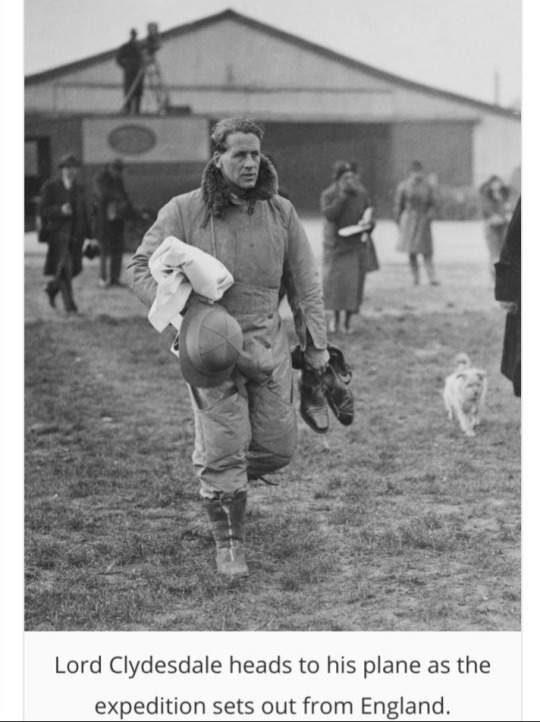

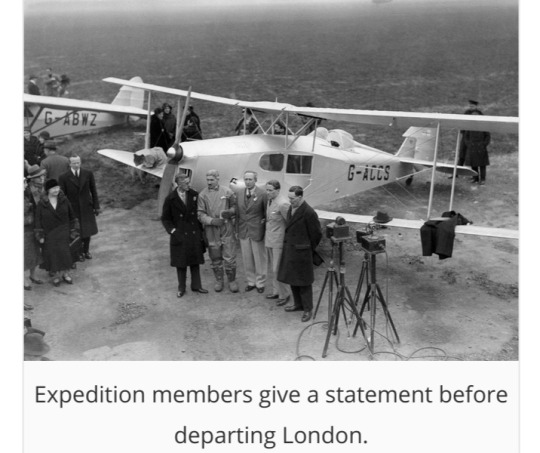
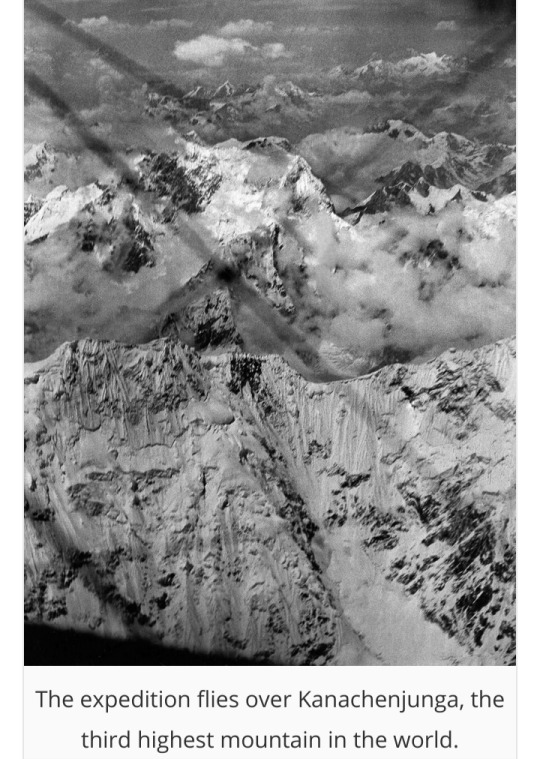
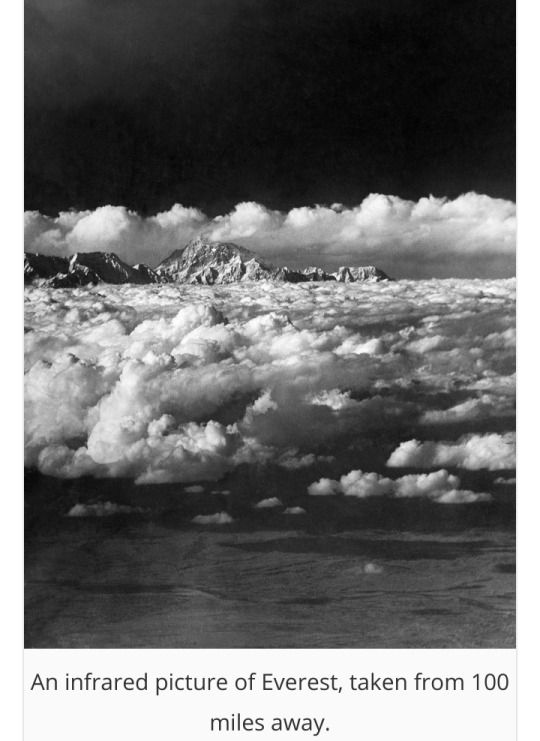
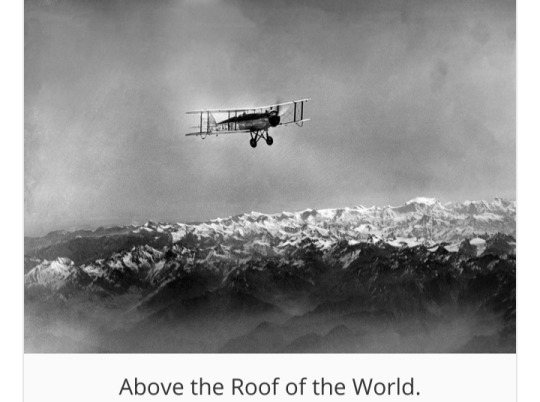

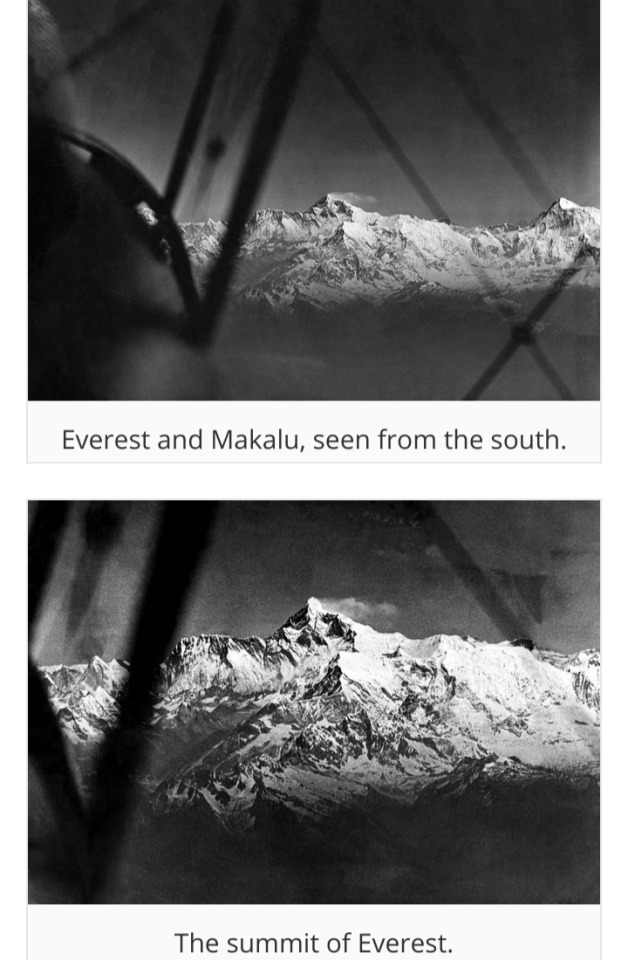
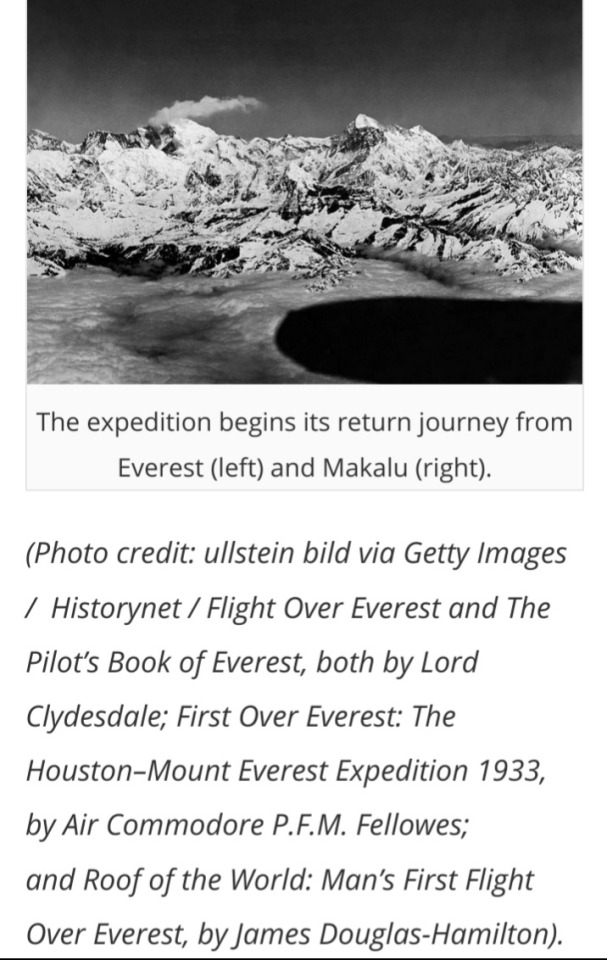
Published on: October 28, 2020
#Alexander Kellas#First Flight Expedition - Everest#Lord Clydesdale#Lady Houston#Westland Wallace aircraft#Williamson Automatic Eagle III
12 notes
·
View notes
Video
Westland Wallace II 'K6035' by Alan Wilson
Via Flickr:
Built 1935. Flew with 502sqn between March 1936 and April 1937. It then moved to RAF Cranwell to be operated by the Electrical and Wireless school, training Wireless Operators. In November 1940 it was withdrawn from flying and became a technical training airframe. Three Wallace airframes were in use but were eventually put out to grass and stored, certainly by 1945. In 1965 the three fuselages were recovered by the fledgling Newark Air Museum. The most complete (K6035) was rebuilt using parts of the other two. In 1977 the remains were loaned to the RAF Museum and the project moved to Henlow where it was stored. It was restored by SkySport, using as much original material as possible, and went on display at Hendon in March 1993. It is the only remaining example and is currently on display in the Historic Main Hangars. RAF Museum, Hendon, London, UK. 22-3-2015
0 notes
Text
Ronnie Bell Following
Westland PV-3 at Martlesham in December 1931 before Everest expedition modifications
The Westland PV-3 was a British two-seat torpedo bomber of the 1930s built by Westland Aircraft Works. The aircraft was a private venture development and based on the Westland Wapiti. It never entered production. The aircraft is best known as one of the first two to fly over Everest as part of the Houston-Mount Everest Flight Expedition. The PV-3 design was produced in 1930 as a private venture two-seat aircraft that could be used as either a carrier-based torpedo bomber intended to carry a new lightweight torpedo being developed by the Admiralty, or as an army-co-operation aircraft. As such, it was a development of the Wapiti, with an all-metal structure and folding two-bay wings. It was powered by a 575 hp (429 kW) Bristol Jupiter XFA radial engine, having a defensive armament of one forward-firing Vickers machine gun and a Lewis gun on a Scarff ring on the observer's cockpit. It could carry either the planned 1,000 lb (455 kg) torpedo under the fuselage or an equivalent weight of bombs under the wings.
It first flew in February 1931, showing good performance (in particular, a high ceiling) and handling when tested by the Aeroplane and Armament Experimental Establishment at Martlesham Heath. Despite this, no orders resulted, and the lightweight torpedo was cancelled.
In November 1932, the PV-3 was chosen, together with the Westland PV-6 (the prototype of the Westland Wallace) for the Houston Mount Everest Flying Expedition to fly over and photograph Mount Everest. The aircraft, now registered G-ACAZ, was remodelled with a rear cabin and a 630 hp Bristol Pegasus engine driving a large diameter propeller.[4] It was test flown from Yeovil in the new configuration, and on 25 January 1933 reached a height of 35,000 ft.
Flown by Lord Clydesdale with Stewart Blacker as observer and photographer, it was accompanied by the Wallace as, on 3 April 1933, the two aircraft became the first to fly over Mount Everest, flying over Kangchenjunga on 4 April and making a second flight over Everest (as the initial flight had produced inadequate photographs for map-making) on 19 April 1933. The PV-3 was later exhibited at Selfridges department store in London in July 1933. In December 1933 the aircraft, given the military serial K4048, was issued to Bristol Aircraft as an engine testbed. The aircraft is also referred to as the Houston-Westland in honour of Lady Houston who had financed the 1933 expedition.
Via Flickr
2 notes
·
View notes
Photo
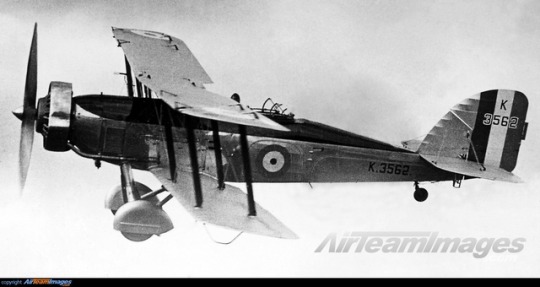
The Westland Wallace was a two-seat, general-purpose biplane as a follow-on to their Wapiti.
As the last of the inter-war general purpose biplanes, it was used by a number of front line and Auxiliary Royal Air Force Squadrons. In 1933 a Westland Wallace became the first aircraft to fly over Mount Everest, as part of the Houston Mount Everest Expedition. Of the just over 170 aircraft ordered, around 80 were still in use at the start of the Second World War, mostly serving as target tugs, a role they performed until 1943.
0 notes
Video
Westland Wallace II 'K6035' by Alan Wilson
Via Flickr:
Built 1935. Flew with 502sqn between March 1936 and April 1937. It then moved to RAF Cranwell to be operated by the Electrical and Wireless school, training Wireless Operators. In November 1940 it was withdrawn from flying and became a technical training airframe. Three Wallace airframes were in use but were eventually put out to grass and stored, certainly by 1945. In 1965 the three fuselages were recovered by the fledgling Newark Air Museum. The most complete (K6035) was rebuilt using parts of the other two. In 1977 the remains were loaned to the RAF Museum and the project moved to Henlow where it was stored. It was restored by SkySport, using as much original material as possible, and went on display at Hendon in March 1993. It is the only remaining example and is currently on display in the Historic Main Hangars. RAF Museum, Hendon, London, UK. 22-3-2015
0 notes
Video
Westland Wallace Mk.II K6020 by Batman_60
2 notes
·
View notes
Video
Westland Wallace Mk.I K3562 by Batman_60
1 note
·
View note

